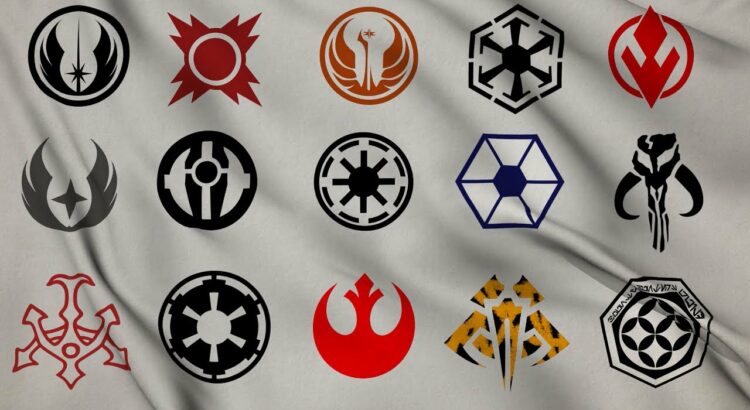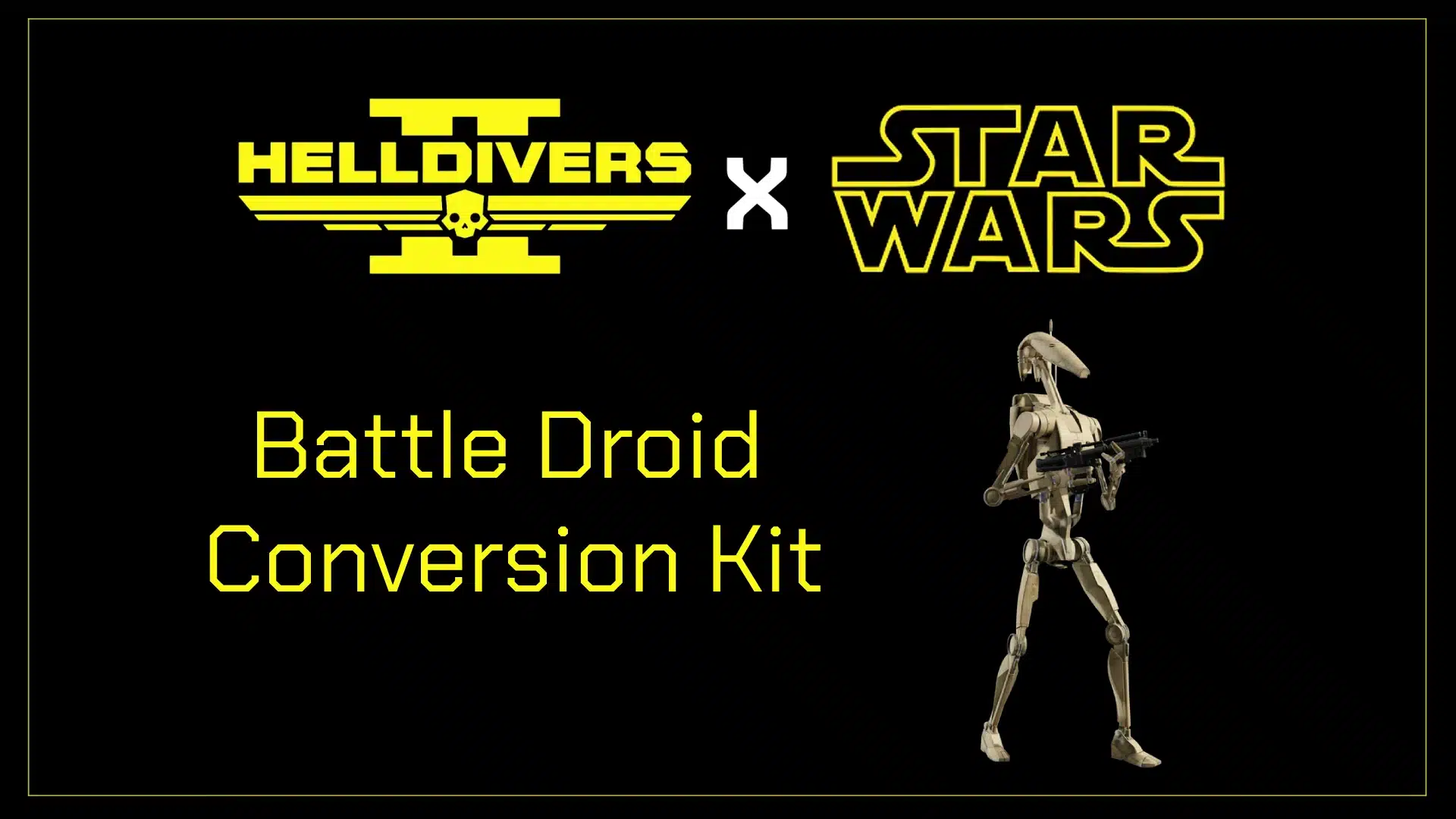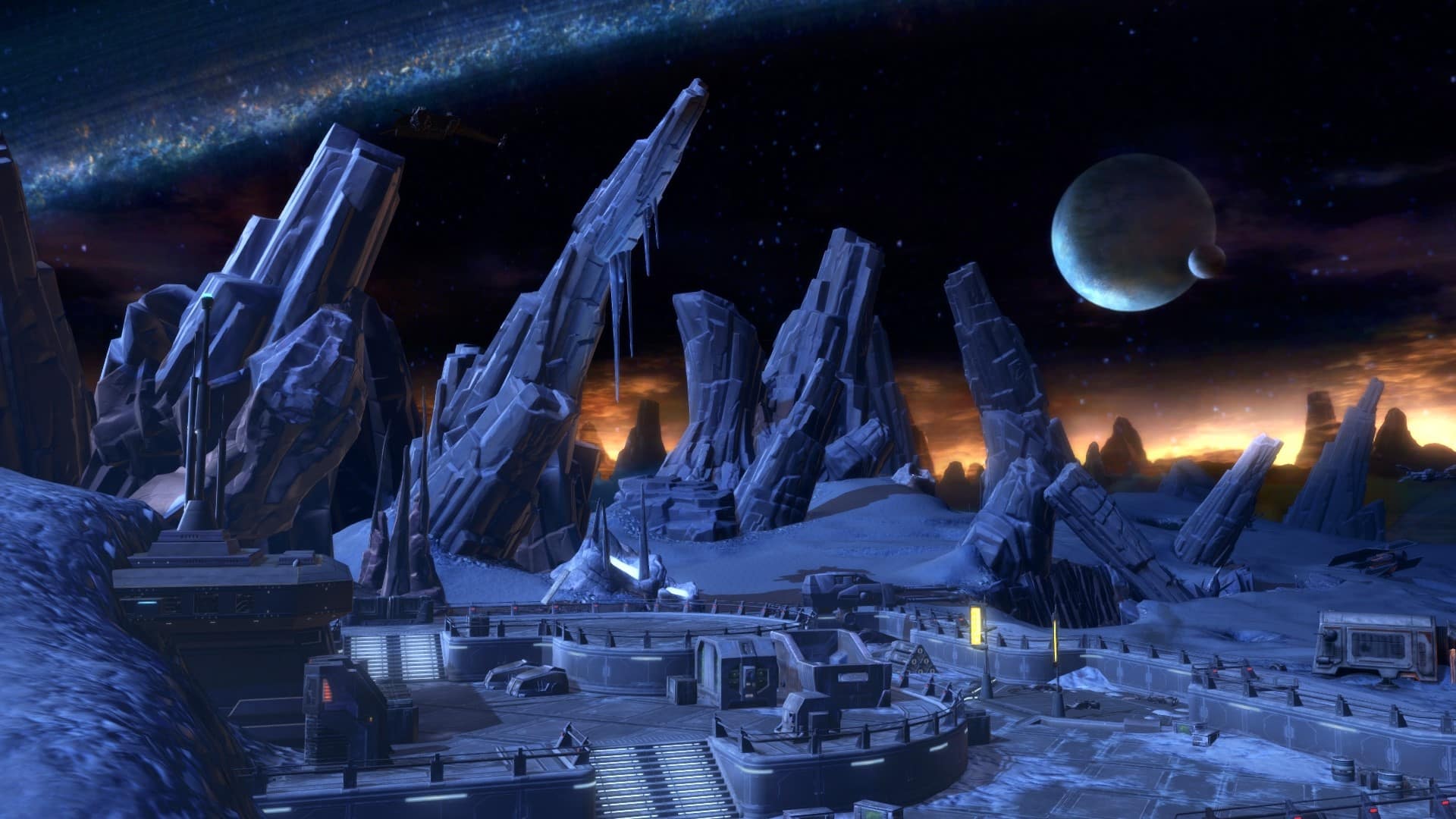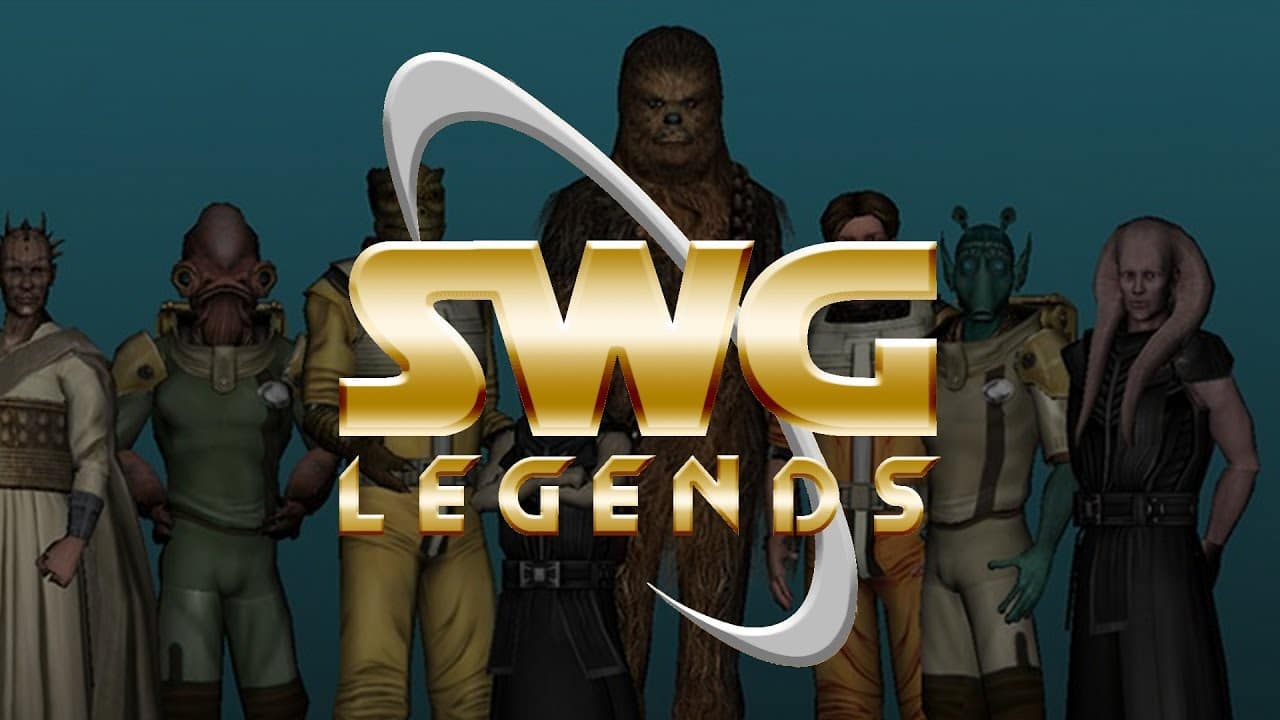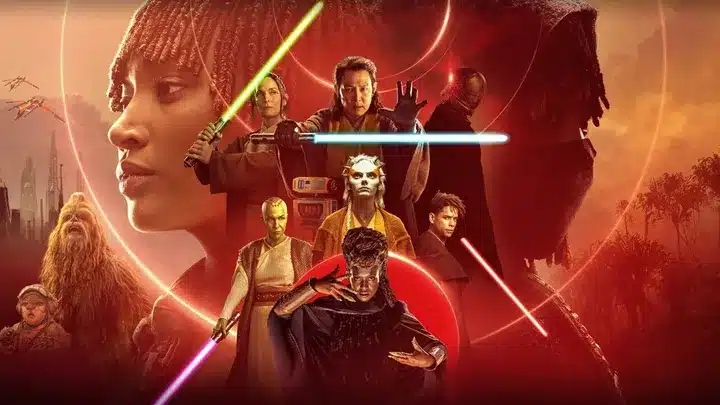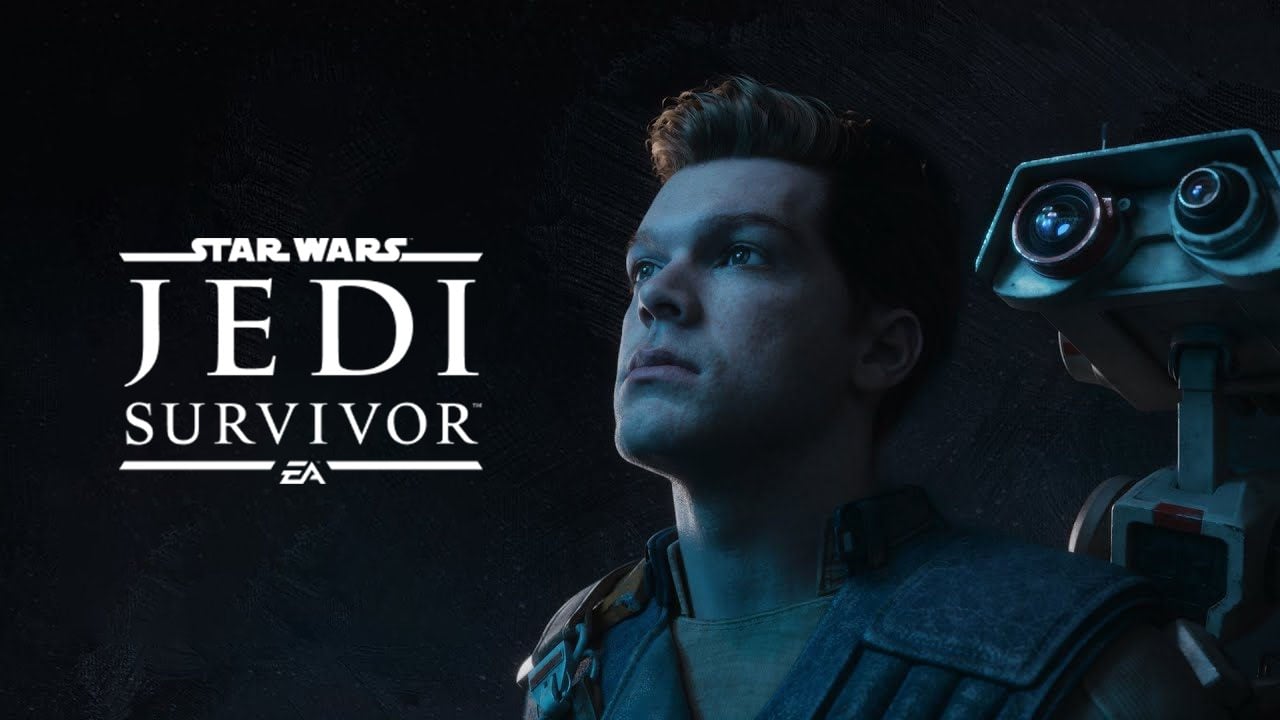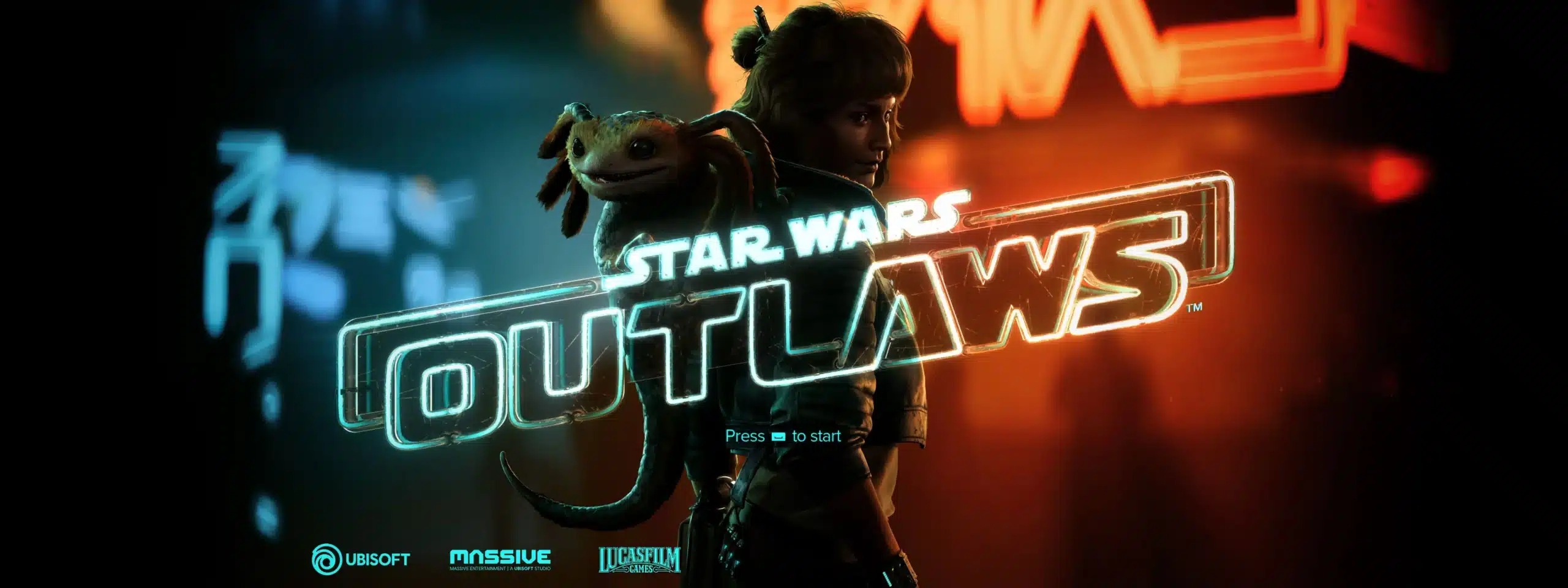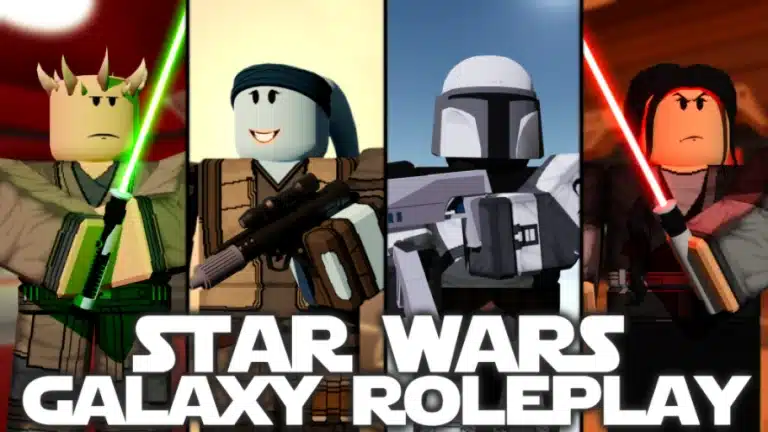Welcome, Star Wars fans! Whether you’re new to the galaxy far, far away or you’ve been wielding lightsabers in your backyard since the prequels, you’ve come to the right place. Today, we’re diving into the murky, lightsaber-lit waters of Star Wars factions: who they are, what they stand for, and how their intergalactic beef has shaped this iconic franchise.
Now, I know what you’re thinking: “Aren’t the good guys the Jedi and the bad guys the Sith? End of story, right?” Oh, sweet summer child! That’s like saying Star Wars is just a bunch of laser fights in space (though, let’s be honest, those laser fights are awesome). There’s a whole lot more to the galaxy’s political, spiritual, and military chaos, and we’re here to break it down for you.
In this article, we’re exploring the main factions—Jedi, Sith, the Galactic Empire, the Rebel Alliance, and beyond—including some of the newer players like the First Order and Resistance. Buckle up, it’s going to be a wild ride through hyperspace!
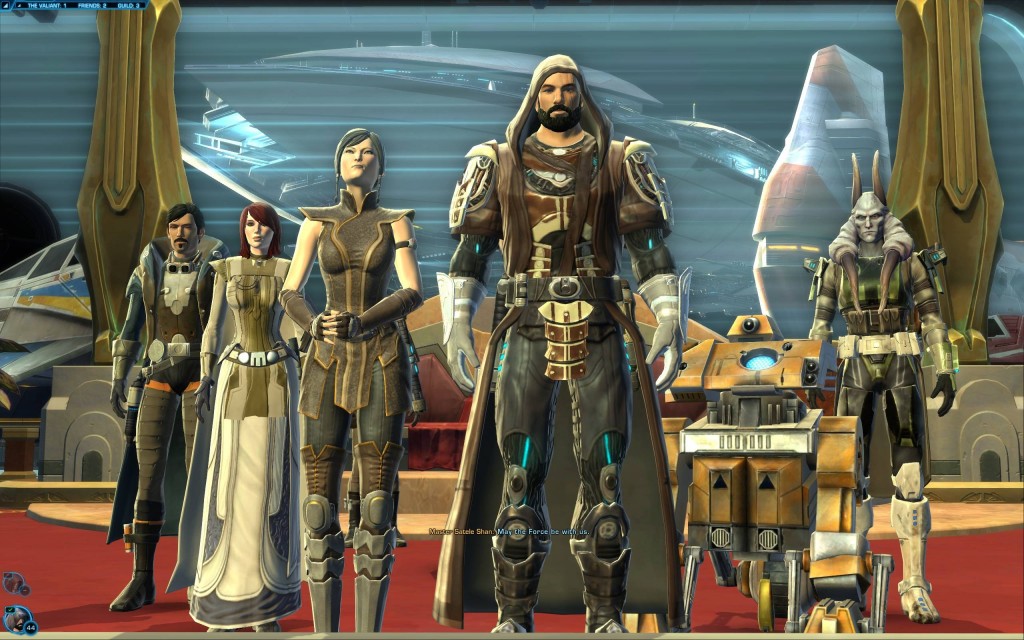
The Jedi Order: The Space Monks of Peace and Balance
Who Are the Jedi?
If there’s one group that pops into your mind when you think “Star Wars,” it’s probably the Jedi. They’re like the intergalactic equivalent of warrior monks, mixing zen-like meditation with some impressive combat skills. Think of them as a mash-up between your calm yoga instructor and a samurai. Armed with their lightsabers (basically laser swords that can cut through pretty much anything), the Jedi are tasked with maintaining peace and balance in the Force.
Key Members
The Jedi have given us some of the most iconic characters in the Star Wars universe. Here’s a quick roll call of the big names:
- Luke Skywalker: The farm boy turned galactic hero, Luke is arguably the poster boy for the Jedi. He’s the one who brings balance to the Force (kind of, sort of).
- Yoda: Small in stature, big in wisdom. This 900-year-old green sage could probably write bestsellers on self-help and spiritual enlightenment.
- Obi-Wan Kenobi: The quintessential mentor figure. He’s got all the cool catchphrases (“Hello there!”) and a habit of teaching Skywalkers (with mixed results).
- Mace Windu: The Jedi who brought a purple lightsaber to the party because, why not? He’s serious, but he’s got style.
Ideology and Role in the Galaxy
The Jedi believe in maintaining peace and balance in the galaxy. Their code preaches selflessness, calm, and control over one’s emotions (which seems unfair given how stressful the galaxy can be). They’re sworn to protect the galaxy from evil—usually the Sith—by acting as peacekeepers, diplomats, and occasionally lightsaber-swinging warriors when negotiations go south.
But—and this is a big “but”—their detachment from emotions has sometimes made them a bit, well, out of touch. A bunch of them sat in their temple while a Sith Lord (Palpatine) manipulated the entire galaxy right under their noses. Whoops. They mean well, but their rigidity can be their downfall.
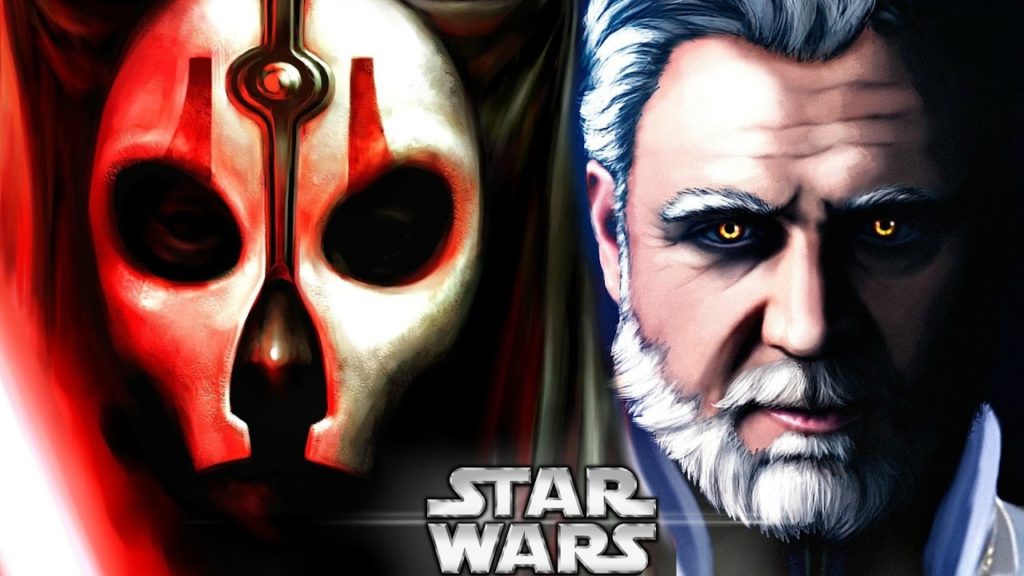
The Sith: Because Every Hero Needs a Villain
Who Are the Sith?
Cue the ominous music. The Sith are the dark side counterpart to the Jedi. Where the Jedi preach balance, the Sith are all about power—total, unlimited, mwahahaha-style power. They believe that through their passions—fear, anger, hatred—they can achieve ultimate strength, and they won’t hesitate to cut down anyone in their way.
If the Jedi are monks, the Sith are more like the galaxy’s power-hungry, ruthless CEOs, willing to backstab their way to the top and fire the entire boardroom if it suits them. And by “fire,” I mean “force lightning”—because Sith don’t do things halfway.
Key Members
The Sith aren’t a large group, but they’re incredibly influential. Here are the heavy hitters:
- Darth Vader: You knew this one was coming. Anakin Skywalker’s fall to the dark side is one of the biggest plotlines in Star Wars. From Jedi prodigy to Sith Lord with a breathing problem, Vader’s story is tragic but epic.
- Emperor Palpatine (a.k.a. Darth Sidious): The mastermind behind basically every bad thing that ever happened in the galaxy. A politician-turned-evil-emperor (sound familiar?), Palpatine is the puppet master pulling all the strings.
- Darth Maul: He doesn’t talk much, but with a double-bladed lightsaber and a whole lot of rage, Maul doesn’t need to. This horned Sith Lord gave the Jedi a run for their money in The Phantom Menace.
Ideology and Role in the Galaxy
If the Jedi are all about self-control, the Sith are the exact opposite. The Sith Code celebrates the pursuit of power through passion: “Peace is a lie, there is only passion,” it says. The Sith see emotions as a source of strength, not a weakness. The more rage and hate they channel, the more powerful they become, which explains why their job satisfaction seems sky-high when they’re causing havoc.
Their big goal? Domination of the galaxy, of course. They’ve manipulated governments, waged wars, and played the long game (Palpatine literally waited decades to reveal his evil plan). The Sith often work in pairs—a master and an apprentice—so there’s always someone training to overthrow the boss. You know, healthy workplace competition.
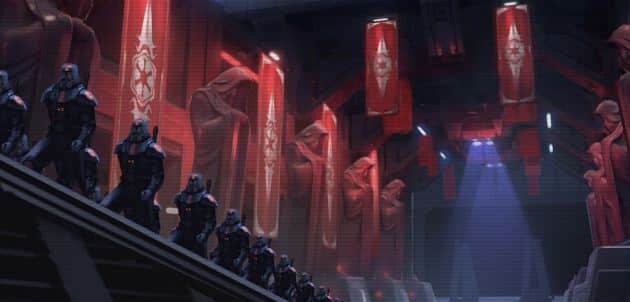
The Galactic Empire: When Democracy Goes Terribly Wrong
Who Are the Galactic Empire?
The Galactic Empire is what happens when a Sith Lord gets tired of waiting and decides to just take over the whole galaxy. This faction rose from the ashes of the Republic, thanks to Emperor Palpatine’s political maneuvering. Once in power, the Empire established a dictatorship that made sure everyone knew who was boss.
The Empire’s reign is characterized by military might, a sprawling bureaucracy, and fear tactics (Death Star, anyone?). They aren’t too concerned with subtlety—they literally blow up planets to keep people in line. They like things big, brutal, and efficient, kind of like a galactic DMV with more lasers.
Key Members
- Emperor Palpatine: The head honcho. He’s a classic “long con” villain who’s been pulling strings since before the prequels. He’s also one of the most patient bad guys in cinema history.
- Darth Vader: Second-in-command to Palpatine and a terror to everyone who gets in his way. Vader is the Empire’s muscle, crushing rebellions with force (and the occasional Force choke).
- Grand Moff Tarkin: The guy who made blowing up planets look like just another day at the office. Tarkin is one of the Empire’s most ruthless military leaders, running the Death Star with cold efficiency.
Ideology and Role in the Galaxy
The Empire is all about order. Under the banner of “peace and stability,” they run a tight ship—no pesky Senate debates, just Palpatine’s law. In their view, the galaxy needs a firm hand to keep things under control, and they’re more than happy to be that hand. Too bad their version of control involves massive amounts of fear, oppression, and blowing things up when negotiations fail (which is most of the time).
The Empire’s influence is felt across the galaxy. Planets are occupied, resources are seized, and any sign of rebellion is swiftly crushed. They build stuff on a massive scale—like the Death Star—because, apparently, subtlety isn’t their thing.
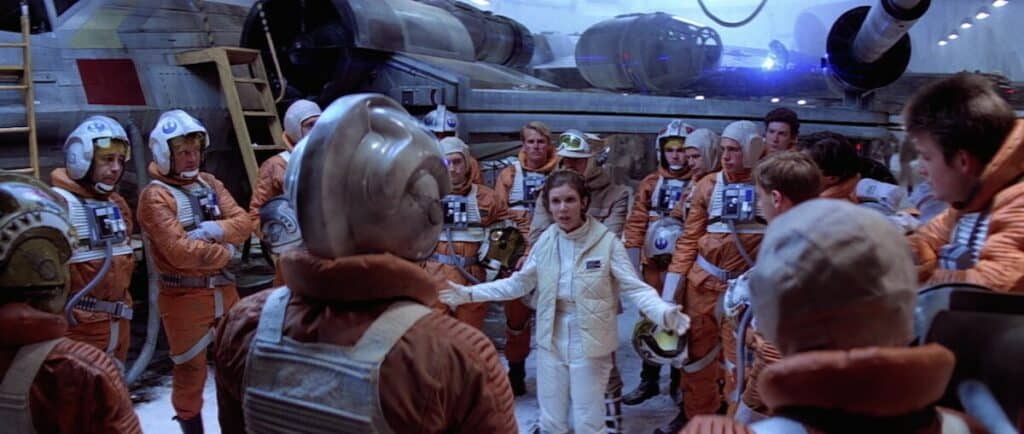
The Rebel Alliance: The Scrappy Underdogs
Who Are the Rebel Alliance?
Now, every oppressive regime needs its scrappy band of underdogs, and for the Galactic Empire, that’s the Rebel Alliance. Formed by those fed up with Palpatine’s authoritarian rule, the Rebels are a mix of freedom fighters, idealists, and folks who just really don’t like having their planets blown up. Their main goal is to restore the Republic and end the Empire’s iron grip on the galaxy.
Think of the Rebels as the scrappy indie filmmakers trying to take on the massive Hollywood studio (which, ironically, Disney now owns… the meta-levels here are wild).
Key Members
- Princess Leia Organa: Royalty and a revolutionary—Leia is a driving force in the rebellion. She’s got smarts, leadership skills, and can hold her own in a firefight.
- Luke Skywalker: The farm boy turned Jedi Knight becomes one of the key figures in the Rebel Alliance’s fight against the Empire. Plus, he blows up the Death Star, which is a pretty big deal.
- Han Solo: The scoundrel with a heart of gold. He might start out as a self-serving smuggler, but he ends up a key player in the rebellion (thanks, in no small part, to his crush on Leia).
- Mon Mothma: The political brains behind the operation, Mon Mothma helps organize and lead the Rebel Alliance, proving that not all heroes carry lightsabers.
Ideology and Role in the Galaxy
The Rebel Alliance is all about freedom, democracy, and bringing down the Empire. They want to restore the Republic, where planets have a say in how they’re governed, and you’re not at risk of being vaporized by a space station. Their operations are often smaller, hit-and-run affairs since they can’t match the Empire’s firepower.
They’re the embodiment of the “David vs. Goliath” story, constantly on the run but managing to score some major victories (like, you know, blowing up not one, but two Death Stars).
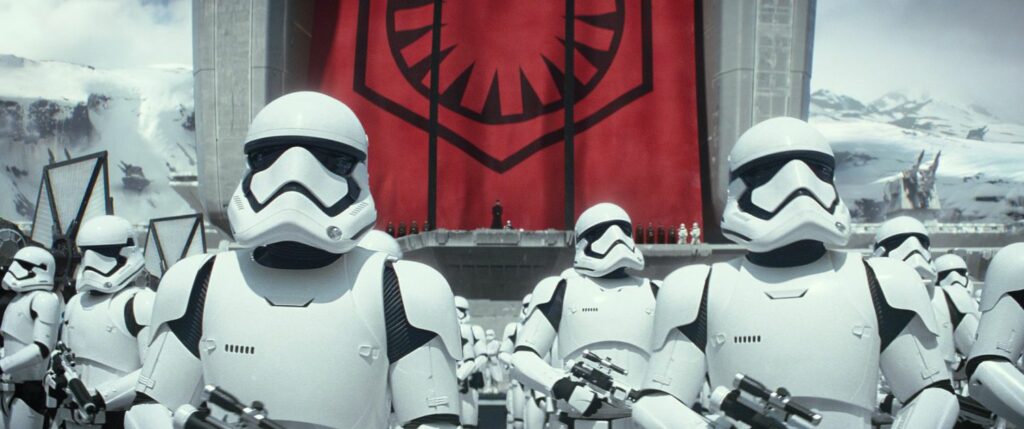
The First Order: Empire 2.0, But Make It Edgy
Who Are the First Order?
Fast forward a few decades, and what’s that? The Empire’s back? Not exactly. Enter the First Order, a faction that rose from the ashes of the Empire after its defeat at the Battle of Endor. While the Empire was all about authoritarian control, the First Order feels like it’s got a chip on its shoulder. They’re angrier, more extreme, and let’s be honest, their uniforms are snazzier.
Led by Supreme Leader Snoke and Kylo Ren (at least for a while), the First Order aims to finish what the Empire started—galactic domination with a side of emotional turmoil.
Key Members
- Kylo Ren: The troubled grandson of Darth Vader, Kylo Ren is equal parts angsty and ruthless. He’s torn between the dark side and whatever else is going on in his head (probably daddy issues).
- Supreme Leader Snoke: The shadowy figure pulling the strings in the sequel trilogy. Snoke is the big bad—at least until he’s not (thanks, Kylo).
- General Hux: This guy makes the Empire’s commanders look warm and fuzzy by comparison. Hux is all about military might and has zero tolerance for failure.
Ideology and Role in the Galaxy
The First Order is like the Empire, but turned up to eleven. They don’t just want control; they want revenge. Revenge on the New Republic, revenge on the Resistance, revenge on anyone who ever looked at them funny. Their tactics are more brutal, and their technology is upgraded (hello, Starkiller Base, the Death Star’s bigger, angrier cousin).
Like the Empire before them, they spread fear and intimidation across the galaxy, hoping to snuff out any signs of rebellion. Spoiler alert: it doesn’t work out so well.
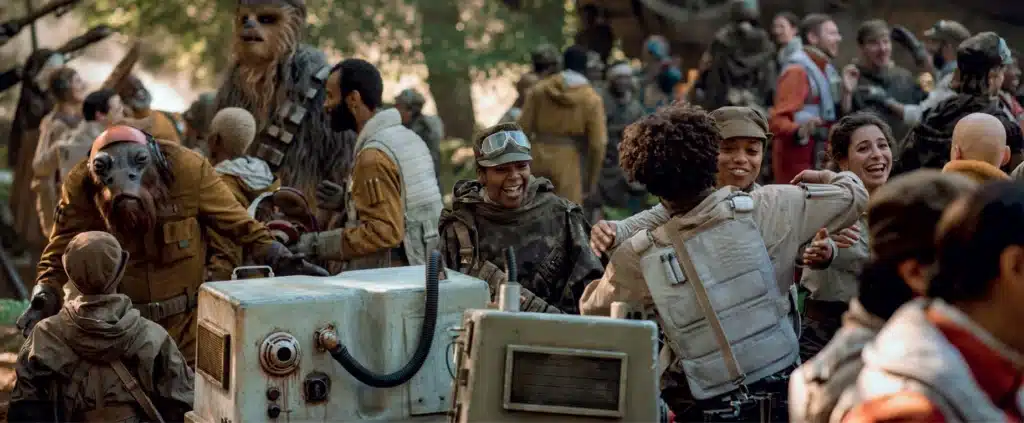
The Resistance: The New Rebellion
Who Are the Resistance?
The Resistance is basically the Rebel Alliance 2.0, formed to fight the First Order in the sequel trilogy. Despite the New Republic being the official government, the First Order’s rise forced Leia Organa (yep, she’s back) to create a new group of freedom fighters. The Resistance is smaller and scrappier than its predecessor, but it’s got the same spirit of rebellion.
Key Members
- Leia Organa: The ever-resilient leader of the Resistance. She’s older, wiser, but still ready to kick some First Order butt.
- Poe Dameron: The hotshot pilot who’s not afraid to break the rules. He’s basically this generation’s Han Solo, minus the smuggling.
- Finn: The former stormtrooper turned Resistance fighter. Finn’s defection from the First Order makes him a unique hero with insider knowledge of the enemy.
- Rey: The new Jedi on the block, Rey’s journey from scavenger to the last hope of the Jedi is central to the Resistance’s fight against the First Order.
Ideology and Role in the Galaxy
The Resistance, like the Rebel Alliance before it, stands for freedom and democracy. They’re fighting against tyranny, and even though they’re up against some seriously overwhelming odds, they never give up hope. If the Resistance has a motto, it’s probably “Never tell me the odds” (oh wait, that’s Han again, isn’t it?).
Conclusion: A Galaxy Full of Conflict and Complexity
In the vast galaxy of Star Wars, factions aren’t just groups with different colored uniforms—they represent ideological clashes that drive the entire narrative. The Jedi and Sith embody a cosmic tug-of-war over the nature of power, the Empire and First Order are authoritarian regimes trying to control everything, and the Rebels and Resistance are the underdogs fighting for freedom.
Each faction shapes the galaxy in its own way, and their ideological differences create the dynamic tension that makes Star Wars so compelling. Whether you’re rooting for the serene wisdom of the Jedi, the ruthless ambition of the Sith, or the scrappy resilience of the Rebels, one thing’s for sure: the battle for the galaxy is far from over.
May the Force be with you (and may you never get on a Sith’s bad side).


